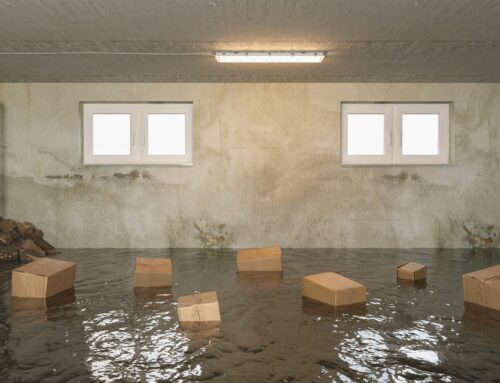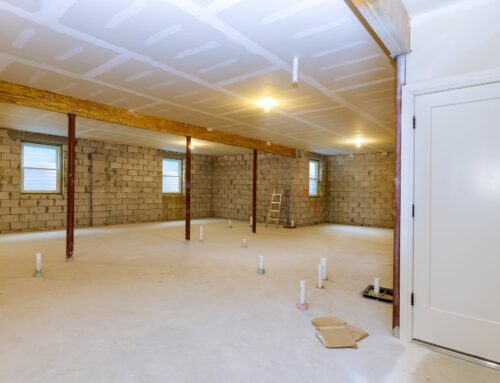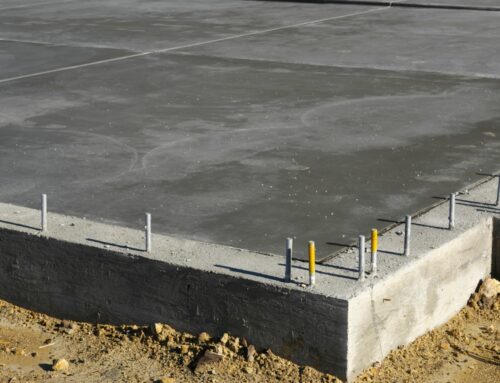All houses are designed to withstand various loads that may occur during their lifetime, but cracks may develop when there’s an excess of internal or external load. There are three types of loads that can damage your plaster:
- Dead load (the structure’s load itself)
- Live load (the load of the occupants, furniture, etc.)
- Natural disaster loads (earthquakes and cyclones)
Due to poor workmanship or low-quality materials, some unknown or unexpected loads always occur. As a result, the material’s load-carrying capacity is reduced, resulting in cracks.
You will also see cracks when the stresses exceed the permissible limits of stresses for a particular material—in this case, plaster. Corrosion, wear and tear, and a lack of maintenance, among other things, cause stress. Changes in temperature, the house’s expansion and contraction due to heat, changes in moisture content, foundation movement, and other factors all contribute to additional stresses.
Below, you will find eight reasons for your plaster cracks and ways you can remedy them.
1. Cracks in New Homes
Wall and ceiling plaster cracking might show after a few months of a new home being completed. This can be because of foundation settlement, timber walls, masonry walls, and ceiling joists moving. This is common in new homes and can usually be fixed by retaping joints. However, if there are more significant cracks, an engineer may be required to analyze the problem, after which the area will be removed and replaced with new plaster.
2. Foundation Disturbance in Old Homes
Stepped cracking in masonry walls is common in older homes, owing to foundations shifting—whether it’s because of soil drying due to droughts, tree roots, unstable soil, or faulty construction. Your plasterer can apply a handful of methods to repair minor cracks, but underpinning or removing huge trees may be required for major plaster wall cracks.
3. Deterioration of Old Plaster
Centuries-old homes with the original lath and plaster can’t help but deteriorate. Lath and plaster can sometimes be patched or restored, but if it’s in bad shape, it’s advisable to remove the entire area and replace it with plasterboard. If you want the original plastering, find a plasterer specializing in lath and plaster.
4. Effects of High Winds
Houses twist causing their ceilings to swing up and down when bracing for high winds. This can result in the ceiling nails bursting or even collapsing over time. Alternatively, droughts and insufficient battens or large spacing of joists can leave the plaster ceiling with not enough attaching points to secure the ceiling. This can, however, be repaired with a few different plaster techniques.
5. Water damage
The most common causes of water damage are blocked or inadequate downpipes, broken tiles, a poorly maintained roof, plumbing, and accidents. In most cases, repairs entail removing damaged portions and replacing them with new plasterboard.
6. Poor Workmanship
Unfortunately, garage plasterboard ceilings are particularly susceptible to poor workmanship. Occasionally, there are oversights, budget issues, and non-compliant trades that don’t understand the standards and requirements for specific construction situations. The good thing is that plaster repairs can be done at a low cost if you detect and address the issue early.
7. Additional Loads
Additional loads on concrete and plaster walls cause the wall to distort and the plaster to crack. The movement of the first floor can cause cracks in the plaster ceilings on the ground floor. There are also factors like the house members, furniture, movement, or sagging timber joists to consider. Before any wall or ceiling plaster repairs are done, a structural engineer must examine the exact cause.
8. Sudden and Gradual Changes in Temperature
Temperature differences can cause plaster ceilings and concrete and plaster walls to break. A house is made up of many different materials, expanding and contracting in response to hot and cold temperatures. If this happens to your home, your plasterer will have several options to resolve this problem.
Conclusion
To prevent cracks in the future, the load-carrying capacity of the material must be maintained or even increased. This can be done using supplementary and strengthening methods like tightening bolts, tightening screws, and metal fasteners.
If you’re looking for a plasterer that can provide high-quality exterior plaster and stucco, contact One Stop Plastering right away. We offer the best residential and commercial stucco and plastering services in the Northern San Francisco Bay Area. Contact us to find out more about our services!






